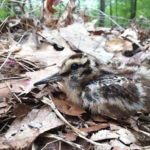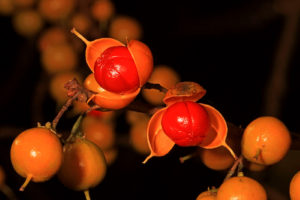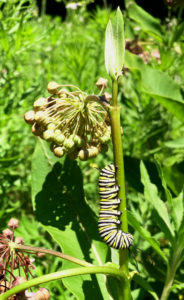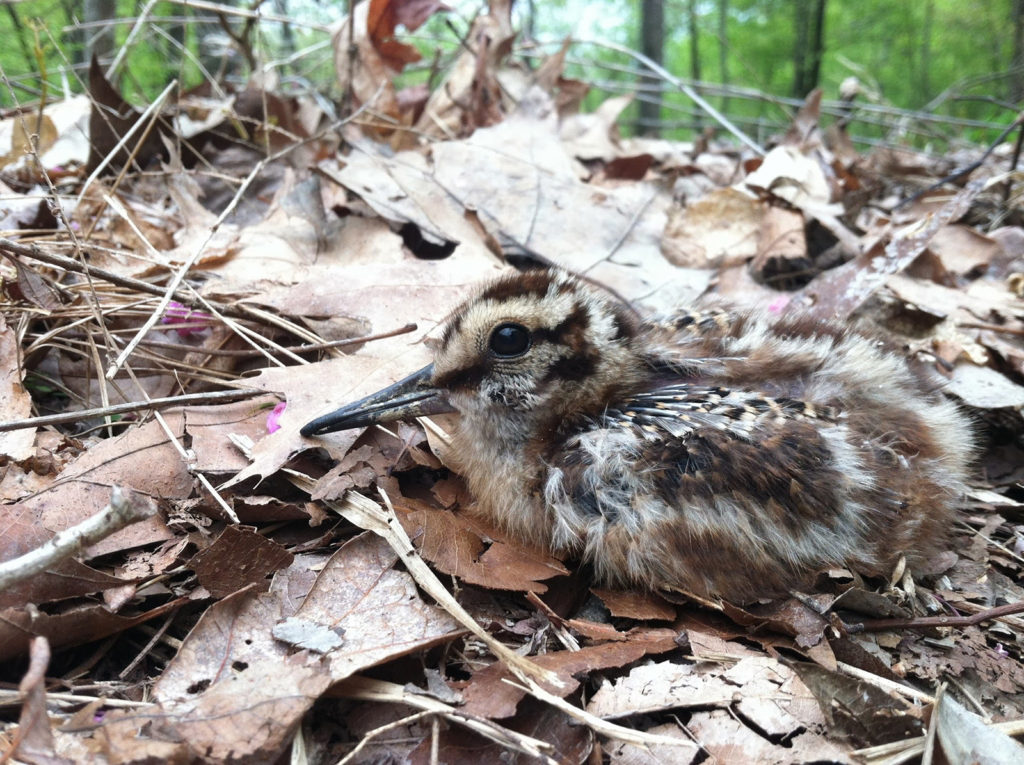
By Joseph Hibbard and Jeffrey North
The Belmont Citizens Forum Newsletter has been printing articles about the perils and poisons of non-native invasive plant species on these pages for years. Readers have learned that garlic mustard changes the chemistry of the soil to gain an advantage over other plant species in forest and edge areas. Our article on black swallowwort described that plant’s deadly toxicity to Monarch butterfly larvae that mistakenly consume it instead of nourishing native milkweed. We have described how Asiatic bittersweet rapidly climbs native trees, blocks the sunlight, and eventually topples the tree while changing our viewsheds.
Non-native plant species are here to stay, and they will continue to upset the equilibrium of local native plant communities unless they can be controlled. We see centuries-old food webs and interdependencies among our native plants and animals being disrupted and replaced with new plant communities composed of invasive plants. Driving along our roadways, anyone who can identify bittersweet or knotweed from a distance will see that these plants are well-established in forested and edge areas. Our river systems in Massachusetts host knotweed in multi-acre monoculture parcels, and the plant will continue to spread to many areas it has not yet taken over. As native plant populations are reduced, so will the populations of insects and birds that depend on them in ways non-native plants can’t replicate.
A debate over native versus novel ecosystems (new combinations of species arising from land-use changes, species introductions, and climate change) continues. The proponents of pure native ecosystems espouse the restoration of native plant communities that might approximate what our forests, fields, and streams contained before the arrival of settlers in the 17th century. Another camp argues for a realistic acceptance of non-native plants, many of which were introduced accidentally or intentionally, as soon as Europeans began cultivating crops, establishing communities and roads, and logging the forests.
We proceed in our efforts to control non-native invasive plants in our open spaces and conservation land. Yet are these efforts sustainable if we believe we have already lost the wars of the invasives?
Valid questions raised about Belmont town efforts to remove invasive species include “Why?” and “What is the goal of a multiyear effort to remove these plants?” and “What do we get for the effort and expense?”
One could ask the same question about work started two years ago on Lone Tree Hill; efforts underway at Rock Meadow, municipal, and public spaces such as the high school area along the railroad; or the Royal Woods by the train station: Why bother?
In addition to seeking to avoid the harms caused by invasives, here are three areas for finding positive, optimistic responses to the question.
Aesthetics
Two years ago, restoration ecologists commissioned by the Land Management Committee for Lone Tree Hill (LMC) began a series of activities to both control invasive species on Lone Tree Hill and to improve the scenery.
Before the first restoration project, views from the Pitch Pine Trail had been entirely obscured by dense, rampant thickets of glossy buckthorn and Asiatic bittersweet, which formed a monotonous tangle of invasive vegetation enclosing the trail. Clearing these invasive plants has made a dramatic change.
To the north of the path, views into maturing oak woods opened, revealing the bold trunks of new and ancient oaks. To the south of the path, views of the Great Meadow were opened below and between the canopies of mature hickories and oaks, creating a beautiful alternation of shadowed areas complemented with bright sun openings of the meadow beyond. Historic stone walls were revealed. The interpenetration of woodland and meadow along this trail offers highly desirable scenic variety.
The area is now defined by the combination of near and far views and alternating open fields and closed forest edge. Some spaces open to the sky and provide long views and a sense of expanded freedom, while others are intimate and canopied by graceful branches. Not only is the restoration area healthier, but it is also more visually engaging and beautiful.
Practice, learning, and understanding
Most people visit Lone Tree Hill to enjoy walking, running, biking, or just being outdoors. A smaller number come to observe, learn, and identify the plants and animals that inhabit it. Fewer still come to observe the site ecology, the relationships of topography, hydrology, exposure, and soils that shape and interact with the unique living web of plants and animals. The removal of invasive species enhances the experience of the active visitors and also has the potential to magnify the experience of the observers and learners.
With efforts to control native species, we have an opportunity to learn about the role that they are playing on our conservation land, as well as in other public spaces and private yards. Volunteers and experienced plant persons can learn where invasive plants have become detrimental to parcels in Belmont and neighboring communities (See “What is a CISMA, and Why Do We Need One?,” BCF Newsletter, July/August 2022).
The renewed Lone Tree Hill Conservation Land will provide a living example of a healthy plant community within reach of all of Lone Tree Hill’s visitors, and an opportunity to observe the resilience and recovery capabilities of our native flora to rebound and flourish as the invasives are rolled back.
Refuges
Where do the bugs, birds, and beasts go when their sustenance and shelter disappear? We believe they will seek out the refuges where they will find their preferred food and habitat. As invasive non-native species take over more areas in eastern Massachusetts, restored properties like Lone Tree Hill, Rock Meadow, and Habitat will draw native fauna.
Already bird species not seen for years appear to be returning to Lone Tree Hill. Nesting woodcock was seen this spring in the restoration area adjacent to the Great Meadow at Lone Tree Hill. Barred owls are breeding and thriving on the property. In its 2022 Annual Monitoring Visit Report to the LMC, The Trustees of Reservations listed a surprising roster of birdlife, including red-bellied and downy woodpeckers, 20 other bird species, and eight butterfly species.
The recently formed Invasives Working Group (IWG), under the aegis of the LMC, has been planning and overseeing the efforts of volunteers and professionals since the start of the year. The IWG will steward land restoration efforts and direct town resources and the generous support of the Judy Record Conservation Fund for the greatest effect.
Joseph Hibbard and Jeffrey North serve on the Invasives Working Group of the Land Management Committee for Lone Tree Hill.





Sorry, the comment form is closed at this time.